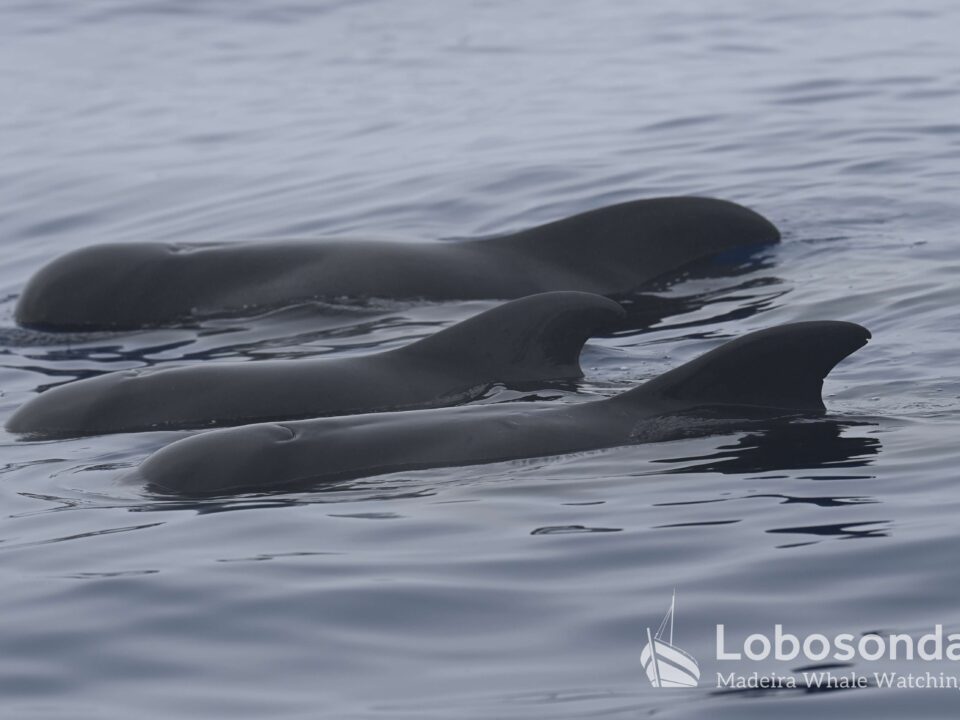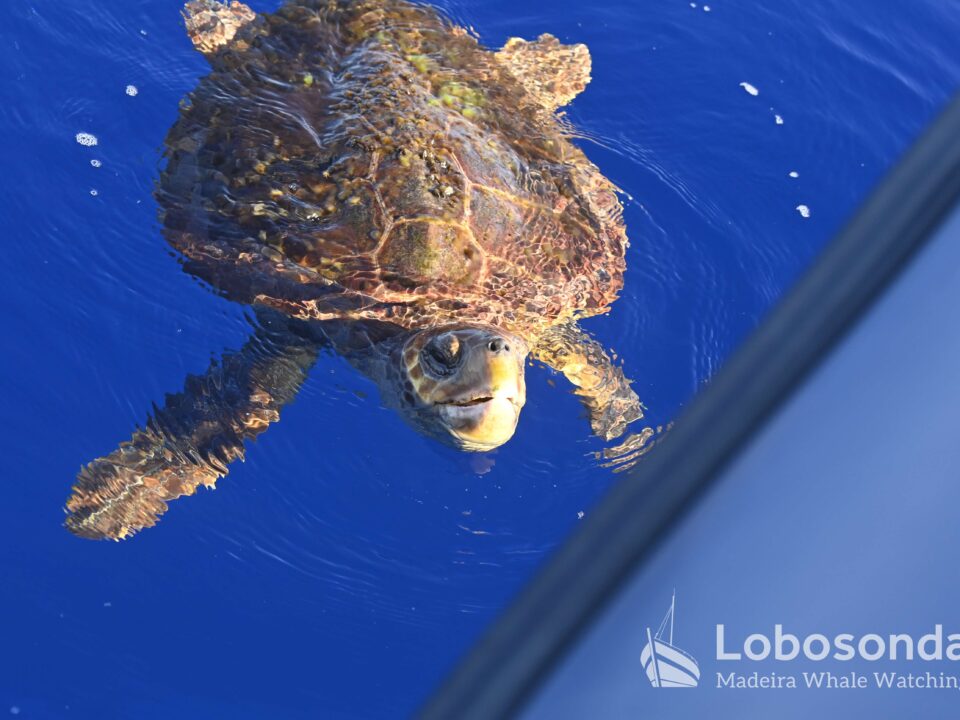
11.12.2015 – The calm before the storm
December 14, 2015
One voice for the dolphins in Taiji!
December 17, 2015Clever clogs
Cuttlefish are marine invertebrates (Phylum Mollusc) of the order Sepiidae. Despite their name, they are no fish but belong to the class of Cephalopods.
Within the mollusc Phylum, cephalopods are known as a kind of “intellectual superbrains”. Their nerval system is far higher developed than this of other marine molluscs as sea-slugs or mussels. Cuttlefish are able to show complex behaviour, which can be compared to the higher developed vertebrata. Octopuses, close relatives of the sepia, can even retrieve objects from a closed container, because they manage to open a screw top. In experiments, octopuses proofed to be more intelligent than reptiles, a zoological group, which belong to the higher developed vertebrata. Cuttlefish also have one of the largest brain-to-body size ratios of all invertebrates.
Distribution and relationship
Cuttlefish are mostly shallow-water animals, although they are seen in depths of about 600 m. They are cosmopolitan in tropical and temperate latidudes
Their european distribution areas includes the northern North Sea, up to the south-norwegean coastal region, the western coasts of the british isles, the Mediterranean Sea down to the western coast of Northern Africa. Their close realtives are octopuses and squid. The name cephalopod point out, that all animals of this Phylum wear tentacles around their head. Number and shape differs in the different genera.
Tricky artists of camouflage and chaemeleon of the sea
Under water a diver or someone snorckelling, has to look very closely in order to spot a Sepia, which are famous as “artists of camouflage”. Cuttlefish are able to rapidly change the colour of their skin to match with their underground. This colour-changing function is produced by pigment cromatophores (pigment cells). There are six to twenty small muscles on the sides of the cuttlefish that can contract to squash and change the position of the pigments. By doing so, they manage to regulate their cells of pigment, which contains different pigments of colour. So cuttlefish are able to adapt to various undergrounds and can have different looks of their skin.
To mask and be able to sneak close to their prey are important and useful skills in their life.
A great spectacle is to observe for example giant sepias wanting to mate. When young and small males camouflage themselves as females, in order to get closer to the real females for a successful mating. They do this for fooling their real male competitors, which are not realising that their counterparts are males as well.
Feeding and getting fed
Cuttlefish are intelligent hunter. Well camouflaged they sneak close to their prey. On their menue, there are various meals like fish, shrimps, crabs, mussles and snails. While hunting for small prey, they aim clearly their victims with their eyes and then “shoot” with two long tentacles on the prey, which gets immediately enclosed by the other eight tentacles of the Sepia and is gulped quickly. This hunting technique is described as “shoot of tentacles”. Another possibility to hunt is with all the animals “body power”, called “juming technique”. At which the Sepia kind of “jumps” onto his prey and hold it with its little tentacles. With their beak, the cuttlefish opens the victims body and inject a neurotoxic substance which paralyses the prey. Then the sepia is sucking in the meal.
By the way, around their many acetabulums, they have sensory perception, which delivers information about the nature of the trapped preyanimal.
But also cuttlefish have to be very careful and on the watch for not getting captured themselves. Also cuttlefish are on the menue of many marine animals like morey eels, sharks, marine mammals etc. To avoid attacs, camouflage is certainly a good strategy. Besides this, evading cuttlefish gain time, while releasing a black cloud of Sepia Ink, which fools their offenders and block their sense of smell. This ink is stored inside an ink sack.
Shell and inner structure
Even if you didn’t manage yet to spot an cuttlefish under water, you may have found a cuttlebone washed up on the beach. This is a kind of “inner skeleton” which is made of aragonite and is porous. Cuttlebones provides some buoyoncy for its owner. Each species of cuttlebone has a different and distinctive shape and size. So it is unique and helps to distinguish the cuttlefish from their squid relatives. Cuttlebones are probably better known as the tough material given as grindstone and as source of dietary calcium for caged birds. In general, invertebrates have no outer shell or similar. Only the Nautilus, very old and still living relatives of the cuttlefish swim around with an external bodyshell.
Locomotion
Cuttlefish move with a lateral skin seam. But if they have to escape rapidly, they move by repulsive force. Then they press water jerkely out of their body cave. The animal use the power of repulsion for a backward movement, which is significant faster than moving with the small skin seam.
by Astrid Haas



